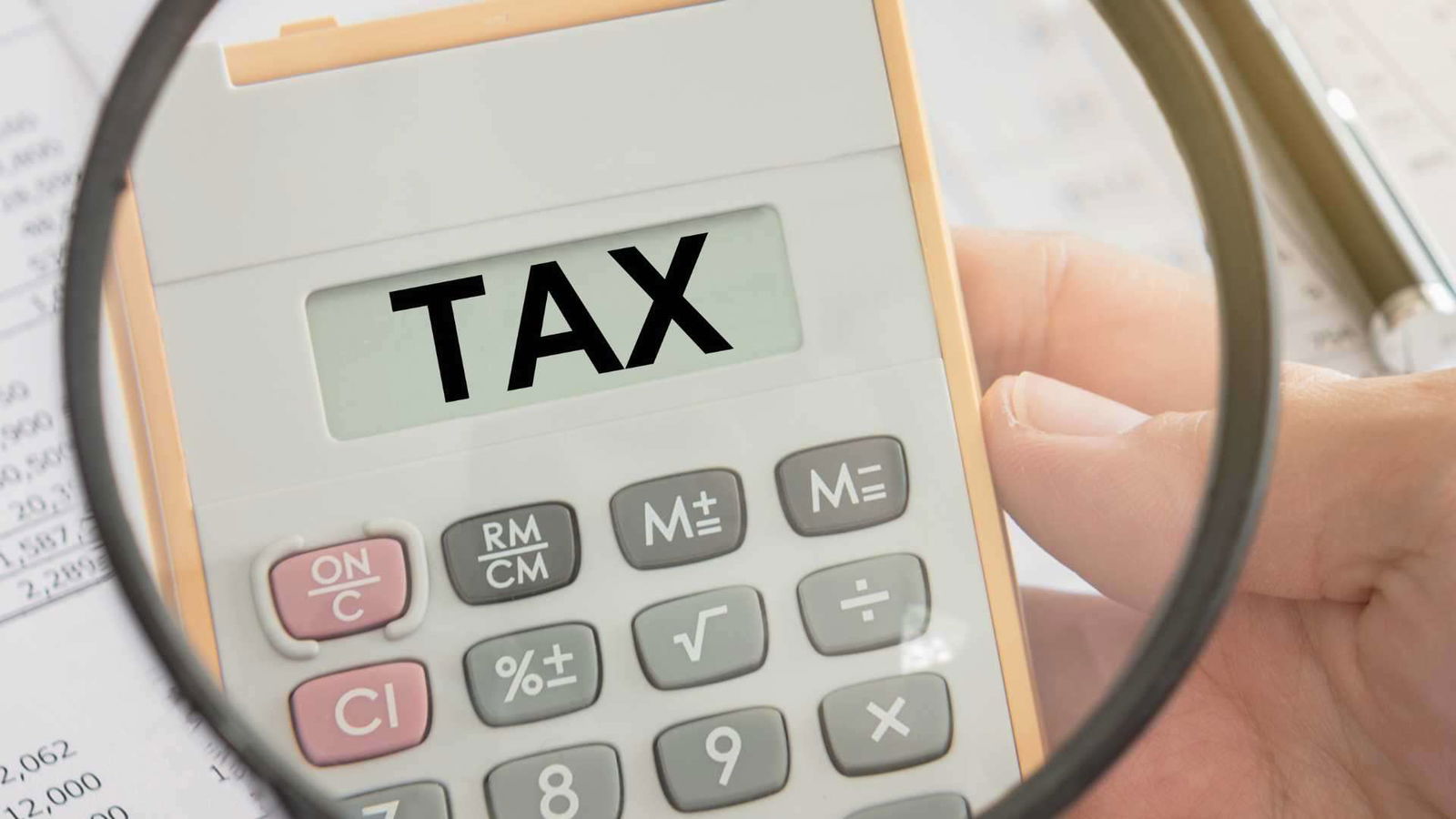The income tax landscape is evolving, with the Indian Income Tax Department introducing innovative features to enhance the taxpayer experience. One such feature is the ‘Pay Later option on the e-filing portal, which enables individuals to file Income Tax Returns (ITRs) without immediately paying their pending income taxes. This article delves into the intricacies of this feature, explaining its benefits, limitations, and the step-by-step process to utilize it effectively.
Understanding the Pay Later Feature
The ‘Pay Later’ option allows individuals to file their ITR without settling their outstanding income tax dues upfront. However, there are several crucial conditions associated with this feature:
- Eligible Taxes: The ‘Pay Later’ option applies solely to self-assessment tax payments during the ITR filing process. Taxes like advance tax and TDS cannot be deferred using this option.
- Consequences of Opting In: By selecting the ‘Pay Later’ option, the individual might be regarded as an “assessee in default,” potentially leading to penalty charges and interest on tax payable.
- Assessment and Penalty: After ITR processing, the taxpayer receives an intimation notice indicating the outstanding tax amount. If the payment is made within 30 days from the intimation, no penal interest will be levied. However, opinions on this differ, with some experts suggesting that penal interest accrues from the moment of opting for the ‘Pay Later’ feature.
- Optimal Timing: While the income tax department doesn’t stipulate a specific timeframe for tax payment, experts recommend settling dues within the same month as ITR filing to avoid penal interest.
How to Utilize the Pay Later Option?
The process to leverage the Pay Later feature is straightforward, provided one follows these steps:
Step 1: Visit the official income tax filing portal: https://www.incometax.gov.in/iec/foportal/ and log in using your PAN or Aadhaar number and password.
Step 2: After logging in, select the ‘e-file’ option and then ‘income tax return’, followed by ‘file income tax return’.
Step 3: Complete the process of filing your ITR, including verifying personal information, income details, and deductions.
Step 4: As you input income and deductions, the portal calculates any additional taxes due. Validate the total tax payment associated with your ITR.
Step 5: A summary will display the exact income tax amount owed.
Step 6: At this point, choose between the ‘Pay Later’ and ‘Pay Now’ options.
Step 7: Opt for the ‘Pay Later’ option to file your ITR without immediate tax payment.
Step 8: After selecting the ‘Pay Later’ option, proceed to file your ITR, ensuring its verification using any of the provided options.
Methods of Paying Taxes Later
Once the ITR is filed using the ‘Pay Later’ option, individuals have two avenues to settle their income tax dues:
- Using the e-Pay Tax Method: After successfully filing the ITR, navigate to the e-Pay Tax option to pay any pending tax dues. Penal interest might not apply if the dues are paid before a tax demand notice is issued.
- Paying After Receiving a Tax Demand Notice: If an ITR is processed and a tax demand notice is issued, individuals can choose between two methods: a. Self-Assessment Tax: Pay income tax dues on the portal before receiving an intimation notice. This method is particularly relevant if the ITR is considered defective. b. Tax on Regular Assessment: When an intimation notice is issued, follow the instructions to pay taxes as indicated in the notice. Failure to comply might lead to penalties and interest charges.





